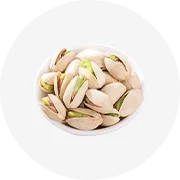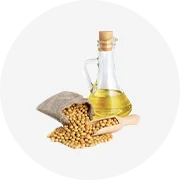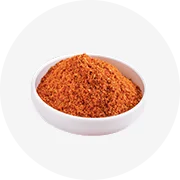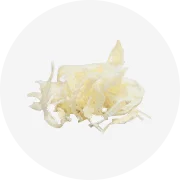

Bulk Supply Oem Health Brands Vegan Omega Dha Fish Oil Health Supplements Algae Oil 50% 400Mg Liquid Oil Capsule




















Palm acid oil, a byproduct derived from the refining of palm oil, is a versatile substance with a range of specifications catering to diverse industrial needs. This product, primarily sourced from the pulp and kernel of the fruit, is a staple in various sectors due to its unique properties and composition.
The palm fatty acid specification varies according to the grade and type of the product. Common grades include CP12, CP10, and CP8, each signifying different levels of processing and purity. These grades determine the suitability of the oil for various applications, from food production to industrial use. The crude palm olein specification outlines the characteristics of the less processed form, which includes a higher free fatty acid content, making it ideal for certain applications.
Palm acid oil finds its use in a multitude of applications. In the food industry, it is a preferred ingredient for deep frying and seasoning due to its stability at high temperatures. The rbd palm olein oil specification indicates its refinement level, making it a popular choice for cooking and food manufacturing. Beyond edibles, this oil is also integral in the production of personal care items and biofuels, showcasing its versatility.
A key aspect of palm acid oil specification is its material composition. Rich in saturated fats and vitamins, it maintains a consistent state at room temperature, which is crucial for food safety and quality. The absence of trans fats and additives in certain variants makes it a suitable option for health-conscious consumers. Moreover, the high antioxidant content noted in the palm kernel fatty acid distillate specification enhances the product's shelf-life and nutritional profile.
The benefits of palm acid oil are manifold. Its specifications often highlight the presence of Vitamin A and E, which are essential for maintaining healthy vision, skin, and hair. Additionally, the oil's composition can aid in weight management and support cardiovascular health. The palm oil ffa specifications detail the free fatty acid levels, which are a critical factor in determining the oil's quality and suitability for various industries.
Quality parameters such as iodine value, slip melting point, and moisture content are integral to the palm acid oil specification. These factors are meticulously listed, ensuring that buyers can make informed decisions based on their specific requirements. The specifications serve as a guide to the oil's purity, consistency, and overall quality, which are essential for consumer satisfaction and industrial standards.